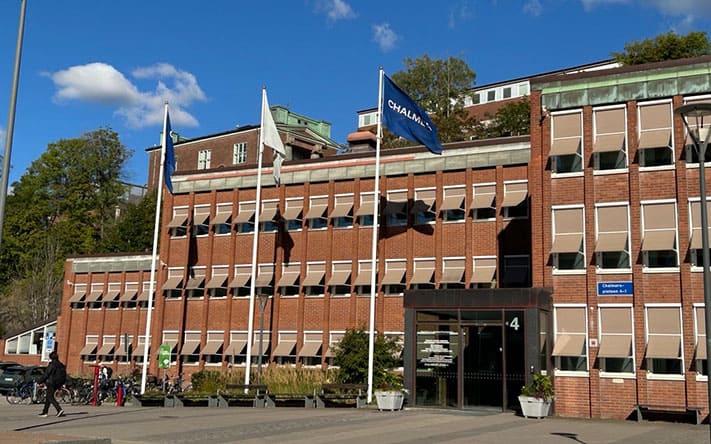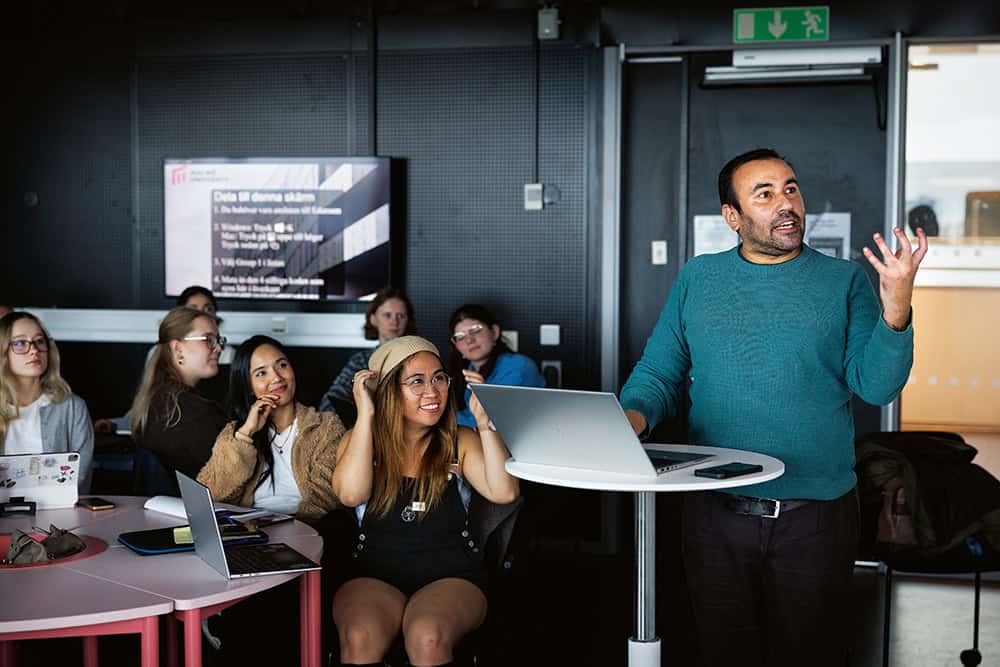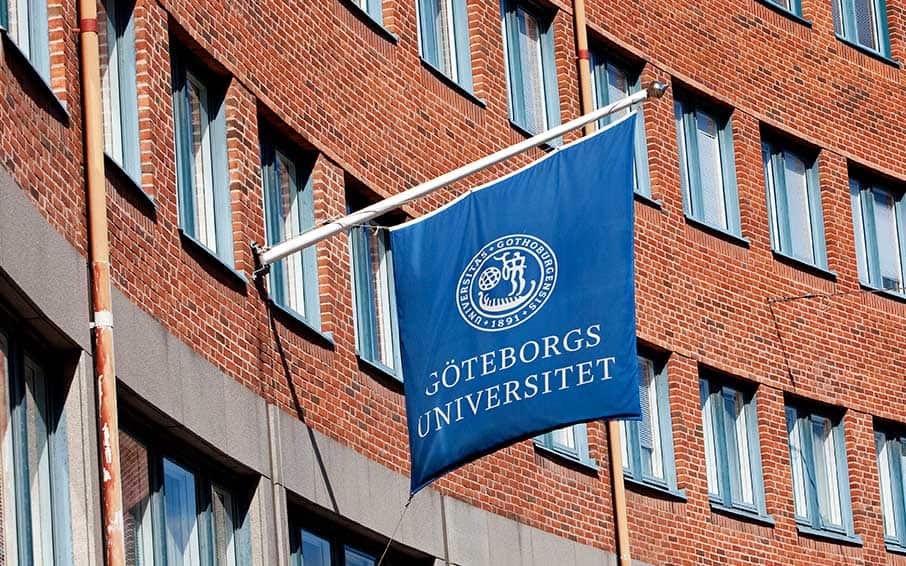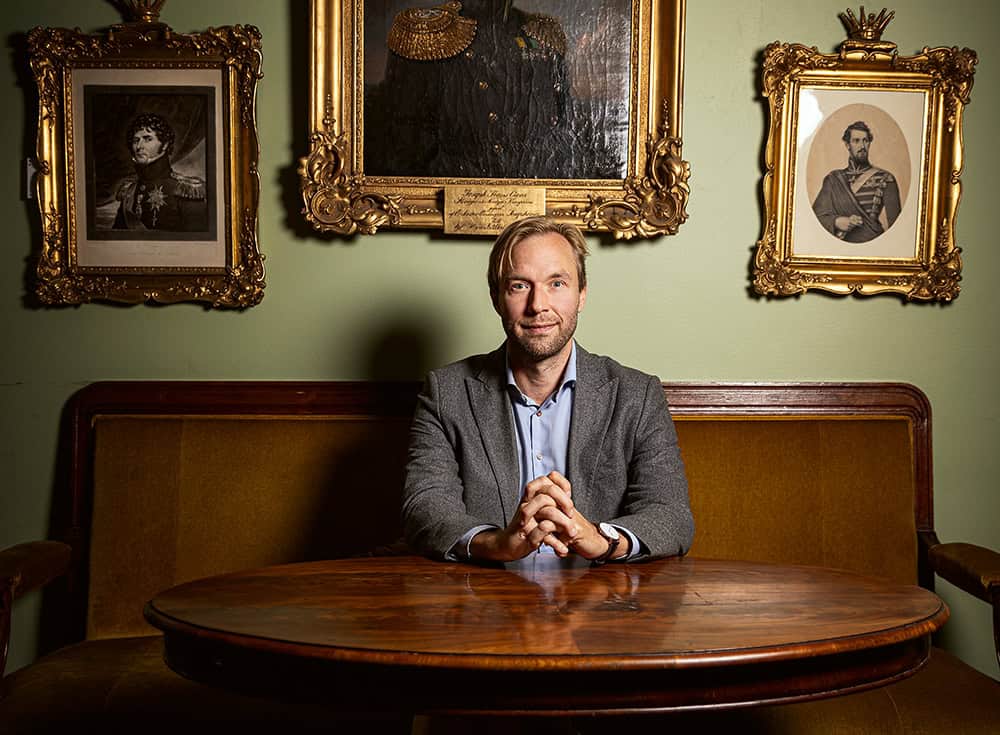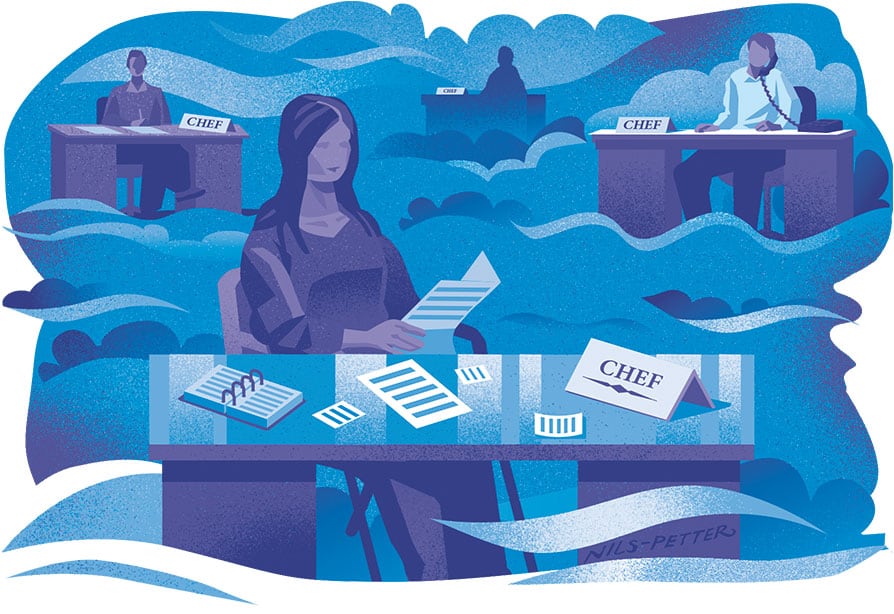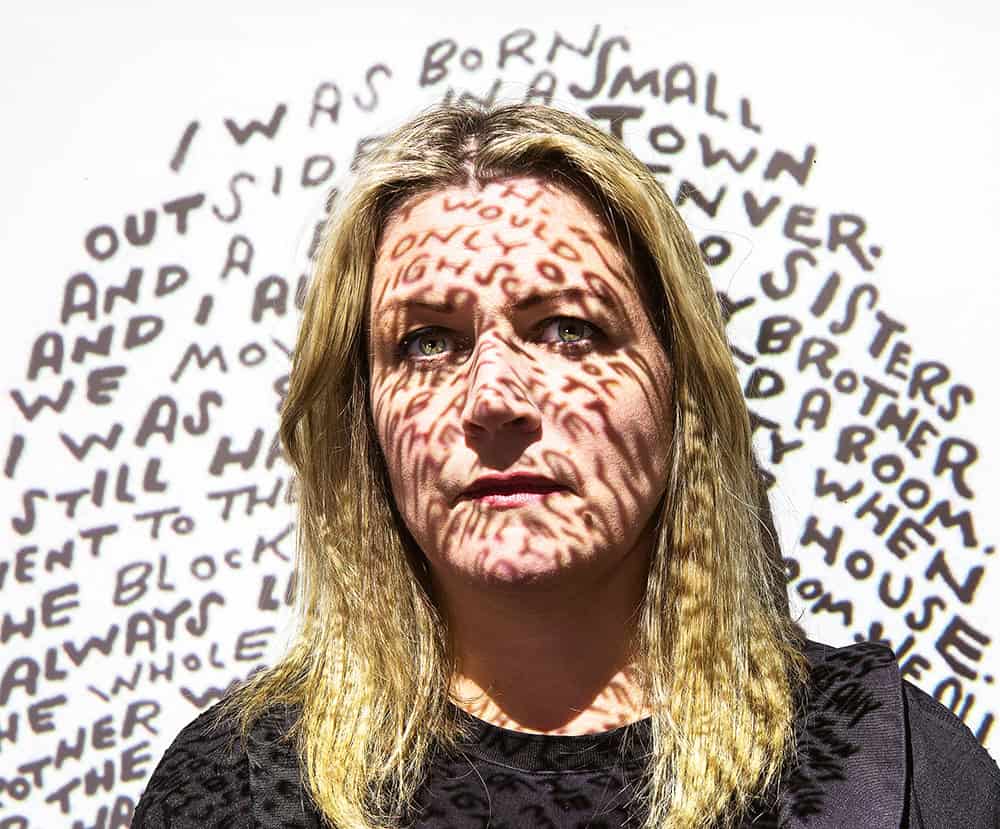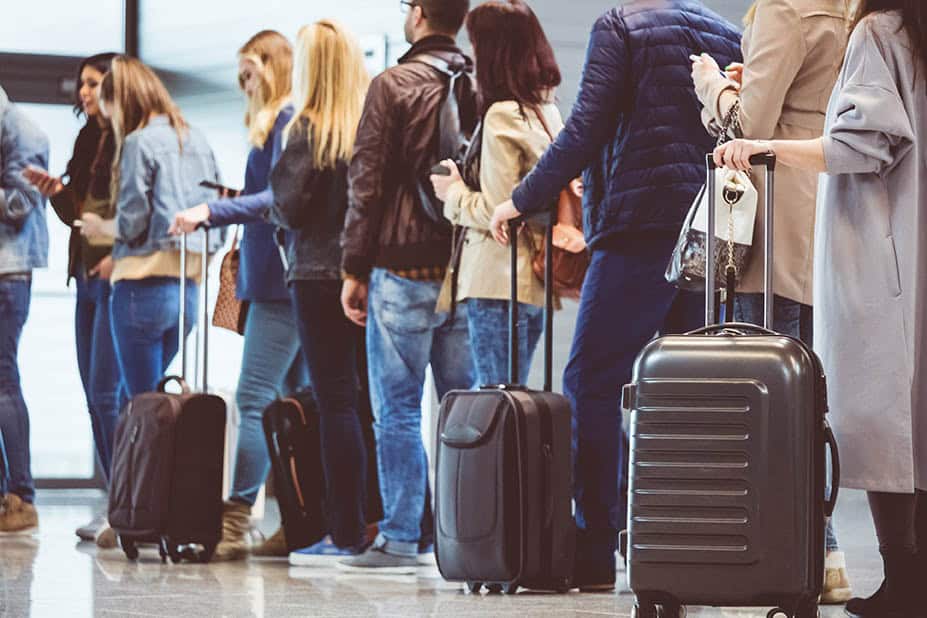According to statistics from the Swedish Council for Higher Education, UHR, the number of students enrolled on higher education programmes has increased by more than 11 per cent compared with the autumn term of 2019. To give some examples, the number of new students on the Swedish Defence University’s programmes has increased by 51 per cent compared with autumn 2019, while at the Royal Institute of Technology, KTH, the corresponding increase is 23 per cent and at Chalmers University of Technology it is 22 per cent.
At Mid Sweden University, the number of students has grown by 13 per cent, which is an increase of around 400 people compared with before the pandemic. This will probably have an effect on the work environment of teachers in the long run, says Ummis Jonsson, chair of Saco-S and the SULF association at Mid Sweden University.
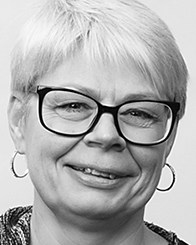
“As a union representative,” she says, “I see that a natural consequence of greater numbers of students is an increased need to recruit teachers at all levels. If there is an increased number of exams to mark for those of us who teach, it will take more time. That goes without saying.”
Review of resources needed
As the term has just started, it is difficult for her to determine exactly how the work environment for teachers at Mid Sweden University will be affected by having more students. Jonsson also points out that the university has recruited extensively, at least at the Department of Psychology and Social Work, where she works.
“In general in our sector, I think we need to assess the resources available against the number of students we need to serve in order for it to be possible to maintain a high level of quality in the education,” she adds.
After the corona pandemic struck in the spring of 2020, the government allocated funding in the order of two billion kronor to higher education institutions in order to create almost 17,000 extra places for full-time students. Around 5,200 of these are intended to be permanent.
Including freestanding courses, the number of students admitted in the second round of admissions for autumn 2021 grew by 12 per cent, which means almost 47,000 more students in two years.
At Uppsala University, 945 more students were admitted in the second round this year compared with two years ago, which is an increase of over 15 per cent. Eric Stempels, vice chair of the SULF association at Uppsala University, also points out that the government has commissioned the higher education institutions to create more places during the pandemic, and that has also led to more resources being allocated.
“But the increased funding must also be long-term and not just temporary due to the pandemic,” he says.
Problematic in the long run
According to Eric Stempels, the increase in student numbers also looks very different depending on the program.
“In the long run, an increase in the number of students could be problematic,” he says. “I understand that the government wants to make room for more people to study and get jobs. But then we need more teachers, and that takes time.

As a union representative, however, he has not yet received any indications from members or colleagues that the increased number of applicants to the university’s programs has had a negative effect on teachers’ working environment.
“It’s very clear that the dominant issue right now is that the teachers’ work environment is more stressful now that we are working from home due to the pandemic,” says Stempels. “So it’s possible that the issue of increased numbers of students has been overshadowed a little.”
Ummis Jonsson, chair of the SULF association at Mid Sweden University, expects the employer to conduct a review of the number of hours that teachers need to spend on teaching, as it needs to increase. She emphasises that having more students is a positive development.
“That there are so many who want to go on to higher education is great,” she says. “Fundamentally, I think we should be grateful for that.”

